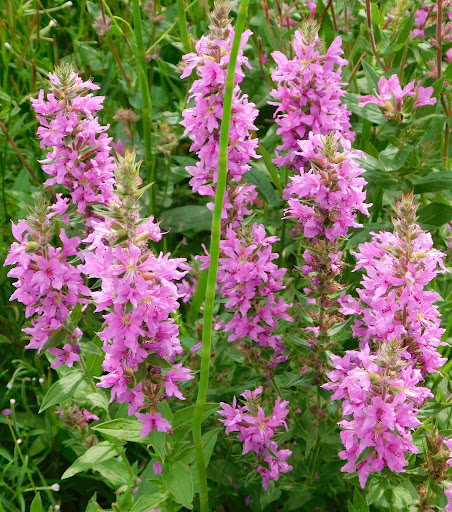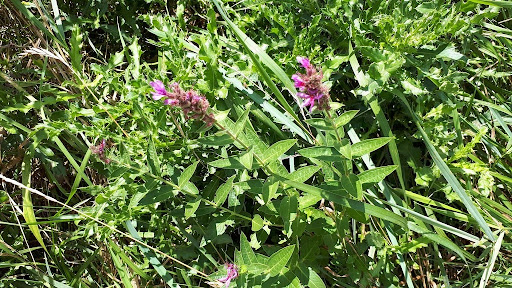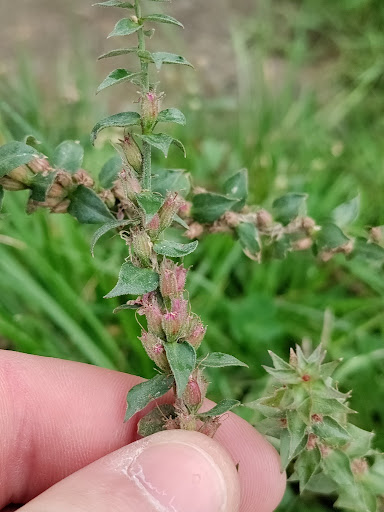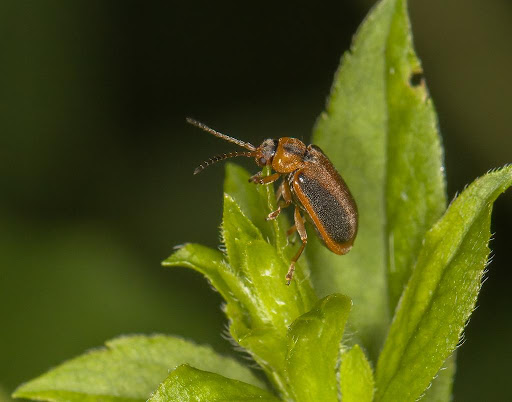Stems arise from perennial rootstock. 30-50 stalks can arise from a single rootstock, but the average is between 1-15. The stalks grow between 60-120 cm, but some may reach as high as 2m. The stalks are woody, stiff, and square-shaped with 4-6 sides. They are smooth, with fine hairs, evenly spaced nodes, and somewhat branched. New growth is green, while older grown are reddish or brown-purple in colour. It flowers anytime between June-October. The flowers are pink-purple with a yellow center, they have 5-7 petals, and each flower are 7-10mm long. They grow in dense terminal stalk clusters.
this species is a wetland plant, and thus, thrives in moist habitat, but it has a surprisingly high tolerance to drought so it can colonize a wide variety of habitats, preferring recently disturbed areas with exposed soil and abundant sunlight. It can outcompete important natural plant species, creating large monoculture stands posing many direct threats to species at risk, in some places it has replaced 50% of the natural species. As well, their leaves decompose faster than most natural species which changes the natural water chemistry of the wetlands it inhabits.
In the early 1800s it was brought to North America in many ways including in soil used in ship ballast, as seeds for gardens, for use in beekeeping, and more. It disperses naturally via wind, water, birds and wildlife, and human activity.

60-120cm square-shaped stalk, with fine hairs. Pink-Purple, 5-7petal, 7-10mm long flowers in clusters. Leaves are triangular.


Since the 1980s, Purple Loosestrife control programs had been initiated in North America but with little success until 1992 when they tried using Neogalerucella spp as a biological control. This brought a significant reduction in Purple Loosestrife population numbers.


Larger plants can produce 2.7 million seeds per growing season.
Promote the use of beautiful, native plants. Humans and animals are a potential seed dispersal vector for this invasive, so be sure to stick to the trails in natural areas and clean off gear and pets before and after hiking. If removing Purple Loosestrife from private property be sure not to burn or compost the plant, but instead double bag it and leave it in the sun to rot, then discard. Easiest to remove when stand is less than 2 years old. If you spot this species, report location on iNaturalist.
Join our mailing list.